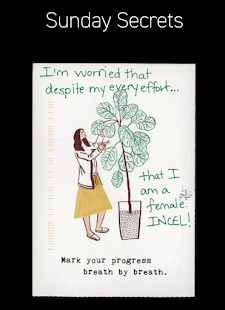Interactive Fiction and Other Gamelike Forms - Cam
In Chapter Three of Scott Rettberg's Electronic Literature, the similarities between interactive fiction, a genre of electronic literature, and video games were explained. In fact, interactive fiction itself was created due to the way that some of the earliest video games were written. As Scott Rettberg describes in the fourth chapter of Electronic Literature, "...interactive fiction (IF), is directly derived from some of the earliest games made for personal computers - the "text adventure" games of the 1980s. Games such as those of the Zork series (first version developed at MIT in 1978-79) were very popular as personal computers began to enter American homes and schools during the 1980s. These games had no graphics but described a scene textually" (Rettberg 87). One of the most crucial components of IF is the ability to describe a story and the instructions for guiding through the body of work with textual descriptions, as opposed to drawn-out graphics, of what it being portrayed. What is fascinating to understand is that interactive fiction is one of the genres of electronic literature that was developed and refined primarily outside of a scholarly environment. Rettberg described the history of the IF community during the chapter, saying, "Compared with the communities driving other genres of electronic literature such as hypertext fiction and kinetic poetry, the interactive fiction community developed largely independently of academic environments and formally organized groups such as the Electronic Literature Organization or the E-Poetry Festivals" (Rettberg 88). One of the most interesting points that Rettberg makes in the chapter is the correlation between puzzles and interactive fiction. Like puzzles, the IF bodies of work require the users to go through a series of obstacles that enable them to reach the end of the game or story. As Rettberg put it, "During the 1980s, Infocom released 35 works of interactive fiction in a wide range of styles, including a number of text adventures in the general vein of Zork - games set in caverns and dungeons, where the primary objectives were to solve puzzles while navigating through space in order to gather treasure and reach some final objective..." (Rettberg 94).
After analyzing the abundance of game-like references in the chapter, I chose to focus more closely on The Hitchhiker's Guide to the Galaxy. Scott Rettberg referenced the body of work in several contexts towards the middle of the chapter, and described The Hitchhiker's Guide to the Galaxy as a, "novel before it became a game, and a radio play before it became a novel. The game was not a simple adaptation of a work between media but in the process of its translation to digital media, an entirely new work that, while structured around and including elements of the book, was also adapted to the conventions and gameplay of interactive fiction" (Rettberg 95). The story follows the main character, Arthur Dent, who players are actively playing as during the course of the game. The story also follows Dent's close friend, Ford Perfect, who is an extraterrestrial being claiming to be an out-of-work actor. In March 1978, The Hitchhiker's Guide to the Galaxy premiered as a radio series, written by Douglas Adams and produced by Simon Brett. Upon the success of the radio series it eventually evolved into an interactive game 6 years later. Upon the release of the game, which was created by Infocom, it was available for a handful of available platforms. It was considered one of the best-selling games of its generation, generating over 400,000 sales. BCC published the 30th Anniversary remastery of the game in 2014.


It is interesting that something can go through so many transformations and be very popular. I wonder how accurate the game is to its previous versions. There's always some disappointment when a book becomes a movie, so I'm curious if it was the same case with this despite its popularity.
ReplyDelete